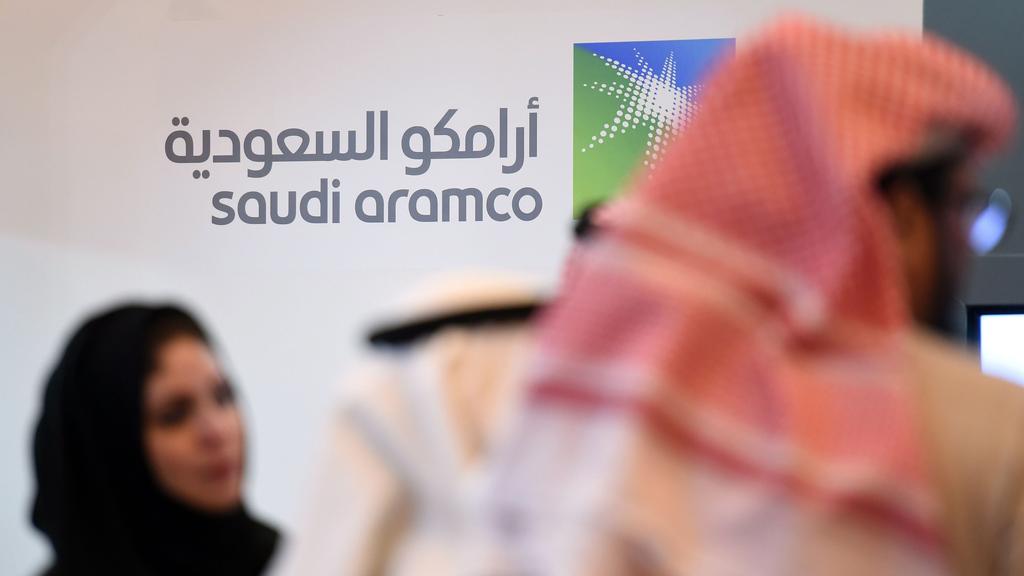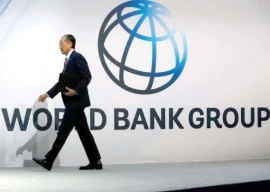
The Saudi Arabia’s economy is expected to grow 7.6 per cent this year, up from 3.2 per cent in 2021, on the back of soaring oil revenues, the International Monetary Fund said on Wednesday.
High oil prices will likely drive Saudi Arabia's economic growth to outpace that of the United States this year.
Last month, the IMF warned that avoiding recession in the United States will be "increasingly challenging" as it again cut its 2022 US growth forecast to 2.3% from 2.9% in late June as recent data showed weakening consumer spending.
The government's Vision 2030 reform programme, designed to reduce the kingdom's dependence on oil, has also given the economy a boost as more Saudis join the workforce, particularly women, the IMF said.
"Liquidity and fiscal support, reform momentum under Vision 2030 and high oil prices and production helped the economy recover with a robust growth, contained inflation and a resilient financial sector," it said.
"Overall growth was robust at 3.2 per cent in 2021, in particular driven by a rebounding non-oil sector — supported by higher employment for Saudi nationals, particularly women."
Gross domestic product was "expected to increase significantly to 7.6 per cent in 2022 despite monetary policy tightening and fiscal consolidation, and a, thus far, limited fall-out from the war in Ukraine," the IMF said, while projecting GDP growth of 3.7 per cent in 2023.
The kingdom managed to contain inflation at 3.1 per cent in 2021, and the IMF predicted it would remain little changed this year at 2.8 per cent, even as rates soar in much of the developed world.
Also read: Saudi Arabia bourse gains
The fund said that was largely due to "low pass through" of the double-digit wholesale price inflation and increasing shipping costs battering the world economy.
Bumper oil revenues and increased tax revenues from the non-oil economy saw the overall fiscal balance improve by almost nine percentage points to a deficit of 2.3 per cent of GDP last year, the IMF said.
"Higher oil prices and stepped-up oil production improved the current account by 8.5 percentage points in 2021, registering a surplus of 5.3 per cent of GDP as strong oil-driven exports surpassed growing imports and large remittance outflows."
Russia's war in Ukraine and a post-pandemic surge in demand have sent crude prices soaring. They have dropped by $30 per barrel from a peak in June, but remain close to $100.
The high oil price has been a major factor in the inflationary pain suffered by consumers worldwide but have led to windfall profits for oil majors and producer countries.
Oil giant Saudi Aramco on Sunday unveiled record profits of $48.4 billion in the second quarter of 2022, the biggest quarterly adjusted profit of any listed company worldwide, according to Bloomberg news agency.
Net income leapt 90 per cent year-on-year for the world's biggest oil producer, which clocked its second straight quarterly record after announcing $39.5 billion for the year's first three-month period.
Saudi Arabia has sought to open up and diversify its oil-reliant economy, especially since Mohammed bin Salman's appointment as crown prince and de facto ruler in 2017.
Abu Dhabi-based energy expert Ibrahim Elghitany said the oil bonanza was a "golden opportunity" for the kingdom, creating the large surpluses that would be needed to finance its non-oil development plans.


1727778647-0/diddy-(16)1727778647-0-165x106.webp)

1732014631-0/BeFunky-collage-(71)1732014631-0-165x106.webp)















COMMENTS (1)
Comments are moderated and generally will be posted if they are on-topic and not abusive.
For more information, please see our Comments FAQ